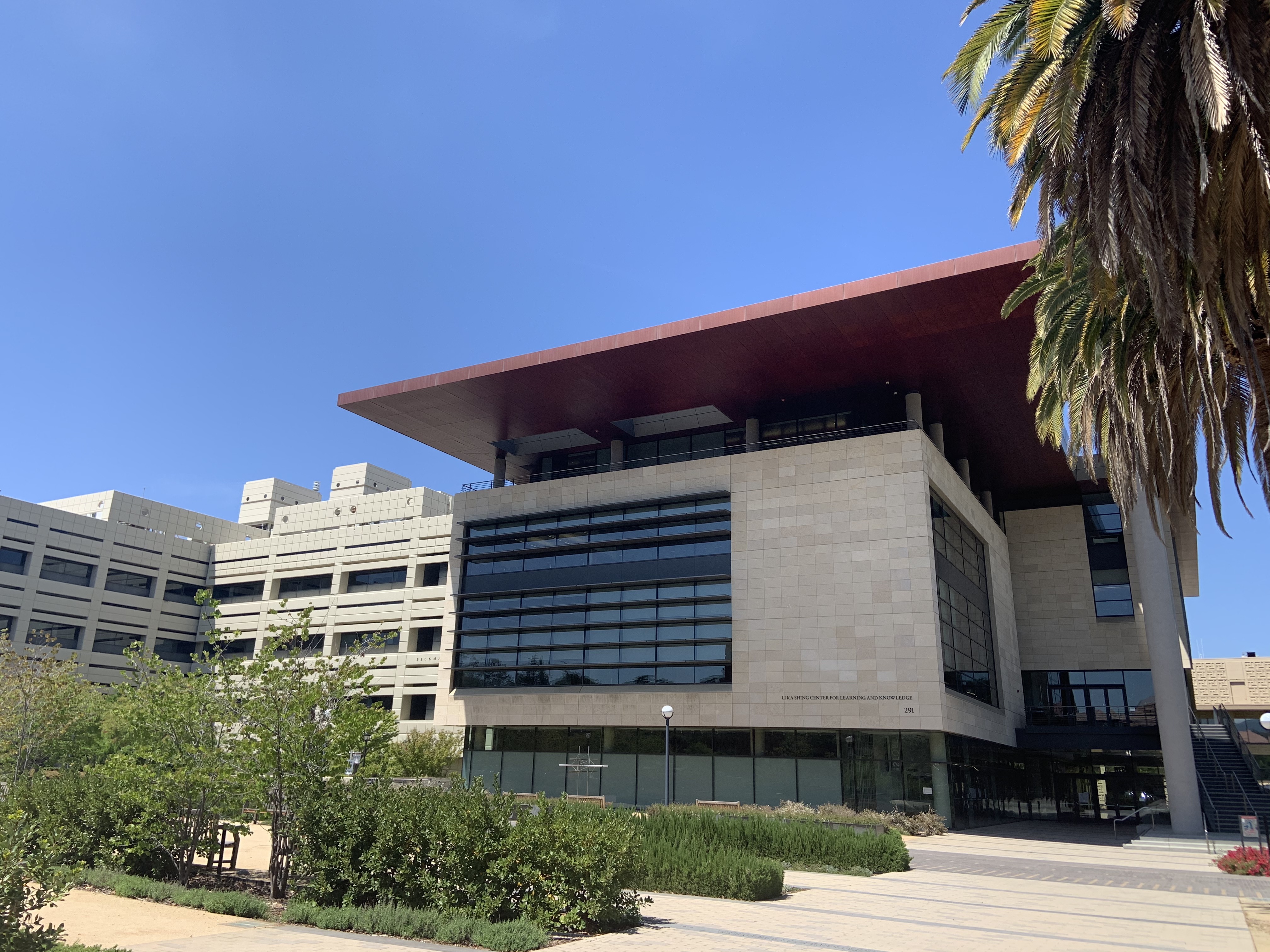Stanford research projects received $1.98 billion in external funding last fiscal year — a projected 6.3% increase from fiscal year 2022, according to the 2023-2024 budget plan released by the Board of Trustees.
Of Stanford’s 7,500 externally-funded research projects, three-quarters are sponsored by the U.S. federal government, which gave over $600 million to the SLAC National Accelerator Laboratory. Businesses, nonprofits and internal funding sponsored the remaining quarter.
The School of Medicine received the most external funds at $1.04 billion, while the School of Engineering received $163 million and the School of Humanities and Sciences received $104 million. Medical research tends to capture the lion’s share of government funds at research institutions, with the National Institutes of Health (NIH) sponsoring just under 40% of all health research in the United States.
“Most people think that Stanford is doing research for companies when really … the vast majority of our research funding every year comes from the government,” said G. Russell Brewer, associate vice president of research administration. In 2022, only 7% of external funds came from private industry.
Within the government, research and development (R&D) funding is highly decentralized: Each of 15 cabinet departments has an internal research unit that determines its own research needs and budget allocation.
Because of its historic focus on “basic research,” or the exploration of fundamental scientific questions that are insulated from demand for immediate application, the Department of Defense (DoD) receives the most R&D funding out of all departmental agencies — 42% of total government R&D expenditures.
Historically, the DoD’s contributions to science and technology have ranged from Pringles to duct tape to the Internet, which arose from its collaborations with agencies like ARPANET, USDA and Johnson & Johnson.
“Unlike some other countries, we as the DoD don’t want to own the technology,” said Patrick Biggs, an Army colonel and national security affairs fellow at the Hoover Institution. “Generally, governments aren’t good at developing technology.”
However, in accepting DoD funding, universities are usually not expected to produce commercial products or defense capabilities the way institutions like ARAPNET or USDA might be. In fact, the majority of Stanford’s government funding comes in the form of grants.
“In the government’s world, a grant is almost like financial assistance,” Brewer said. “We have a responsibility to spend their money wisely, and we are obligated to report what we did, but there are no expectations of results.”
Part of this flexibility stems from the long timelines inherent to basic research in certain disciplines.
“In the case of the NIH, some of these grants go on for 15-20 years,” Brewer said.
Because of the government’s substantial role in funding academic research, some say grant applications can often reflect the national political climate as well.
“Researchers sometimes find it politically smart to link their research programs and grants to areas policy-makers care about,” said public policy lecturer Patrick Windham, who was also a senior professional staff member of the Senate Committee on Commerce, Science, and Transportation from 1984-1997.
“But how much of this stated connection is window dressing and how much of it is genuine work on these issues is an open question,” he added.
Though the Office of Research Administration at Stanford helps faculty solicit, secure and manage external funding, faculty and postdocs generally enjoy substantial autonomy over the direction and pace of their research.
“The University in general doesn’t put its hand on the scale,” Brewer said.
Vice Provost and Dean of Research David Studdert pointed out that this bottom-up approach makes Stanford unique from other non-academic research institutions. “When it comes to the question of what will be studied and how it will be studied, we have almost no central control,” he said.
Faculty have significant influence over not only their personal research projects, but also broader University policies on government funding. Studdert said Stanford’s policy restricts secret research in the interest of maintaining an open-source culture, which means the University sometimes misses out on federal funding requiring secrecy.
“Not all our peers have the same view,” Studdert said. “This is a decision that’s been made by the faculty and it’s an expression of our values.”
Given the growth of research at Stanford and its potential to impact a broad array of fields, Brewer and Studdert encouraged undergraduates to get involved through myriad programs.
“Undergrads are so curious and unformed in terms of being certain about where they want to go,” Studdert said. “Even if they don’t want a career in research, the experience of learning the research method and being able to work with people at the very forefront of their fields … is the great thing about being at a university like Stanford.”
